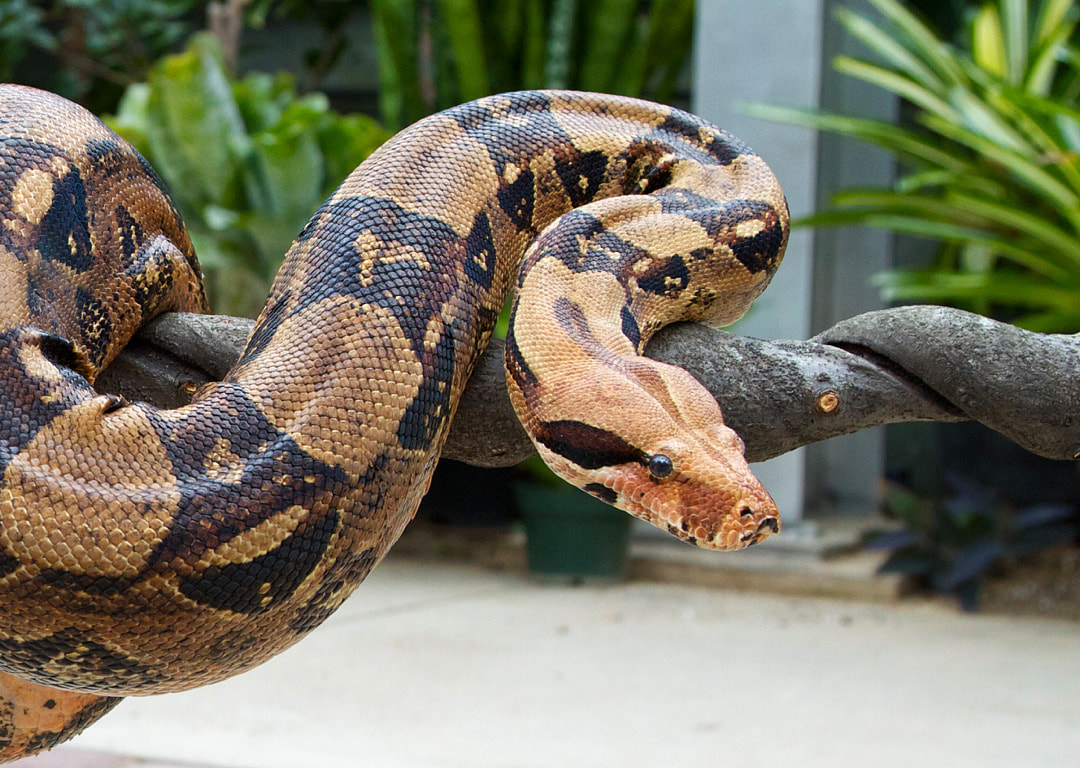
Oakland Zoo believes that each one of us has the power to become stewards of the natural world, decrease our global footprint and inspire others to do the same. It is easy to obtain boa constrictors that have been captive bred for generations, increasing their affinity for humans. Historicalīoa constrictors are popular in the pet trade. Some populations have been hit harder than others, and various wild populations are now endangered, particularly those on offshore islands. Known to give birth to as many as 64 at one time, but averaging about 30 offspring. Most female boa constrictors do not appear to reproduce annually. The female boa constrictor is ovoviviparous which means eggs hatch within her young emerge alive at birth. However, Dominican populations which will occasionally den together. Behaviorīoa constrictors are solitary, associating with conspecifics only to mate. Activity and Behavior Activity Patternīoa constrictors are nocturnal or crepuscular, though they bask in the sun to warm themselves in cool weather. Though there are few references to predation on boa constrictors in nature, they are certainly killed and consumed by numerous reptilian, avian, and mammalian predators. They are important predators of rodents and opossums, especially, which can become pests in some areas and carry human diseases. DistributionĬonsists of rodents, birds, iguanas, and monkeys.

However, they are also found in woodlands, grasslands, dry tropical forest, thorn scrub, and semi-desert. Primary habitat is rainforest clearings or edges. Ecology Habitatīoa constrictors occupy a variety of habitats. Unlike most boids, boa constrictors lack thermosensory pits. In addition, they can detect both vibrations in the ground and sound vibrations through the air through their jaw bones. Boa constrictors have good vision, even into the ultraviolet spectrum. As with other snakes, the boa's loosely hinged jaws can be stretched far apart, enabling it to swallow animals with bodies much larger in diameter than the boa's head. In this manner, they constantly sense chemical cues in their environment. Their tongues flick continuously, bringing odor molecules into contact with the chemosensory (vomeronasal) organ in the top of their mouths. Like most snakes, boa constrictors rely on strong vomeronasal senses. Undersides are yellowish, spotted with black.

Laterally there are tan, brown or black blotches (circular or diamond-shaped) spaced along the saddles. The tail blotches are usually red, orange or brown with black edging.

This boa constrictor is typically tan with approximately 20 dark dorsal saddles running the length of the body. Red tailed boas may forage in the trees, but they are mainly terrestrial, especially the larger ones, and live in hollow logs, mammal burrows, etc. 10-12 feet has been recorded, but this length is unusual. In reality, boa constrictors are fairly modest-sized boids and are dwarfed by the other competitors for this title. Boa constrictor has long been famous as one of the largest species of snake.


 0 kommentar(er)
0 kommentar(er)
